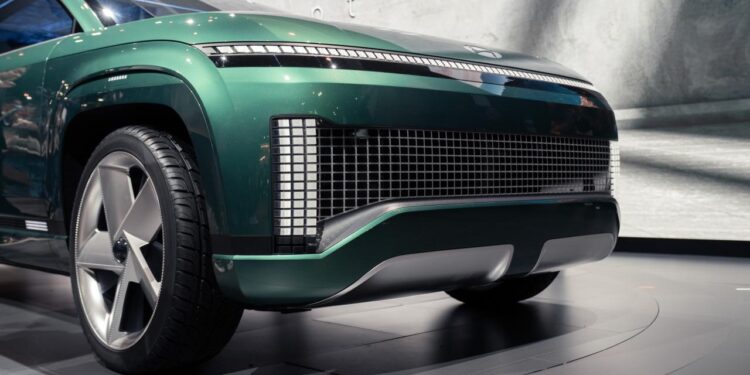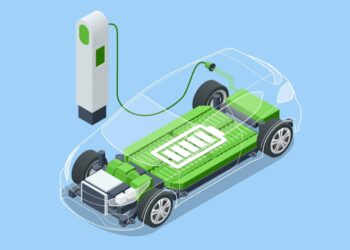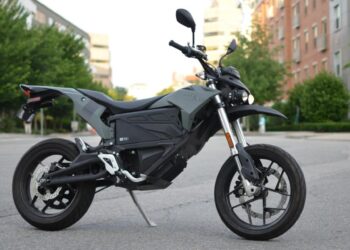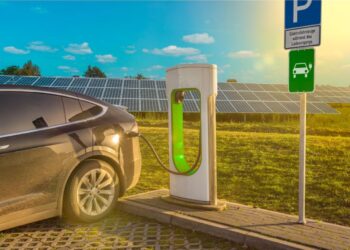The automotive industry is undergoing its most profound transformation in a century. The age of the internal combustion engine is slowly giving way to a new era defined by sustainability, connectivity, and cutting-edge technology. At the heart of this revolution is the Electric Vehicle (EV). More than just a car without a tailpipe, the modern EV is a mobile computer on wheels, a seamless extension of our digital lives, and a key player in the global shift towards a greener future. The innovations happening in this space are not just incremental; they are fundamental, reshaping everything from how we commute to how we power our homes and cities.
This comprehensive article will take you on a deep dive into the most significant innovations driving the EV revolution. We will explore the breakthroughs in battery technology, the rise of autonomous and connected features, the evolution of charging infrastructure, and the new business models emerging around EVs. Whether you’re a potential buyer, an industry professional, or simply curious about the future of transportation, understanding these innovations is crucial. The EV is no longer a niche product; it is a mainstream force, and its rapid evolution promises to change our world in ways we are only just beginning to imagine.
A. Battery Technology
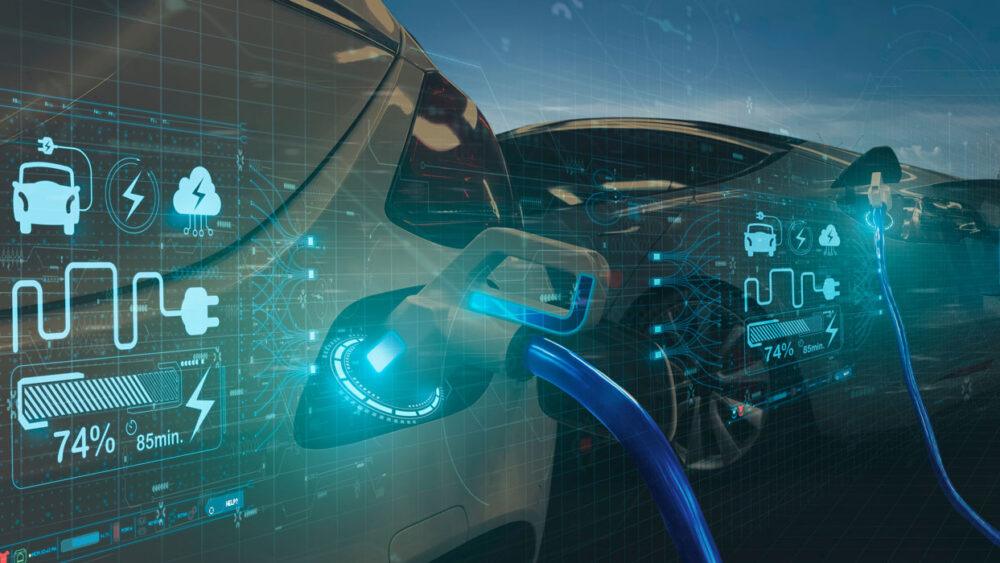
The battery is the heart of every electric vehicle, and its evolution is the single most critical factor in the widespread adoption of EVs. The race to develop more efficient, affordable, and durable batteries is a global priority, and the breakthroughs happening are nothing short of remarkable.
- A. Solid-State Batteries: This is the Holy Grail of battery technology. Unlike current lithium-ion batteries that use a liquid electrolyte, solid-state batteries use a solid material. This design offers several transformative advantages:
- A. Higher Energy Density: Solid-state batteries can hold significantly more energy in the same amount of space, allowing for much longer driving ranges—potentially over 600 miles on a single charge.
- B. Faster Charging: The solid-state design allows for ultra-fast charging, potentially reducing a full charge time to as little as 15 minutes.
- C. Enhanced Safety: The absence of a flammable liquid electrolyte drastically reduces the risk of fire, a major concern with current EV batteries.
- B. Silicon Anodes: Traditional lithium-ion batteries use graphite for their anodes. Researchers are now developing anodes made of silicon, which can store ten times more lithium ions than graphite. This innovation promises to increase a battery’s energy density and improve its charging speed. While there are challenges with silicon’s expansion during charging, new techniques are being developed to make it a viable, large-scale solution.
- C. Sodium-Ion Batteries: With concerns over the cost and sourcing of lithium, a new alternative is gaining traction: sodium-ion batteries. Sodium is far more abundant and cheaper than lithium. While they currently have a lower energy density, they are ideal for short-range urban vehicles and grid storage solutions, creating a tiered approach to battery technology that caters to different needs and budgets.
- D. Battery Swapping: To overcome the time it takes to charge an EV, companies like NIO in China are pioneering battery swapping stations. Drivers can pull in, and within a few minutes, their depleted battery is automatically replaced with a fully charged one. This model offers a solution that is faster than even the quickest charging technology and could revolutionize the EV ownership experience.
These innovations are not just making EVs better; they are directly addressing the two biggest concerns of potential buyers: range anxiety and charging time.
B. The Intelligent Ride
Beyond the powertrain, EVs are leading the way in integrating software, artificial intelligence (AI), and connectivity into the driving experience. This is turning the car from a machine into a sophisticated, interconnected device.
- A. Vehicle-to-Everything (V2X) Communication: V2X technology allows a car to communicate with its surroundings, including other vehicles (V2V), infrastructure (V2I), and even pedestrians (V2P).
- A. Enhanced Safety: A V2X-enabled car can receive warnings from a vehicle around a blind corner about a collision risk or be alerted to a pedestrian crossing the street far ahead, allowing for proactive, rather than reactive, driving.
- B. Improved Traffic Flow: V2X can coordinate with traffic lights to optimize the flow of cars, reducing congestion and improving energy efficiency.
- B. Over-the-Air (OTA) Updates: OTA updates, pioneered by Tesla, allow manufacturers to send software updates to the vehicle wirelessly. This means a car’s performance, features, and safety systems can be improved long after it leaves the factory. OTA updates can fix bugs, add new functionalities (like a new entertainment app), and even improve battery management systems for better range.
- C. Advanced Driver Assistance Systems (ADAS): While not fully autonomous, ADAS features are becoming standard in modern EVs. These systems use a combination of cameras, radar, and LiDAR to assist the driver with tasks like adaptive cruise control, lane-keeping assist, and automatic emergency braking. They are a stepping stone toward fully autonomous driving.
- D. AI and Machine Learning: AI is being integrated into every aspect of the EV, from predicting battery life based on driving habits to optimizing charging schedules to minimize cost. AI-powered infotainment systems learn your preferences, and navigation systems can dynamically reroute you to avoid traffic and find the most efficient charging points.
These innovations make EVs safer, smarter, and more personalized, creating a driving experience that is less about the act of driving and more about the journey itself.
C. The New Energy Grid
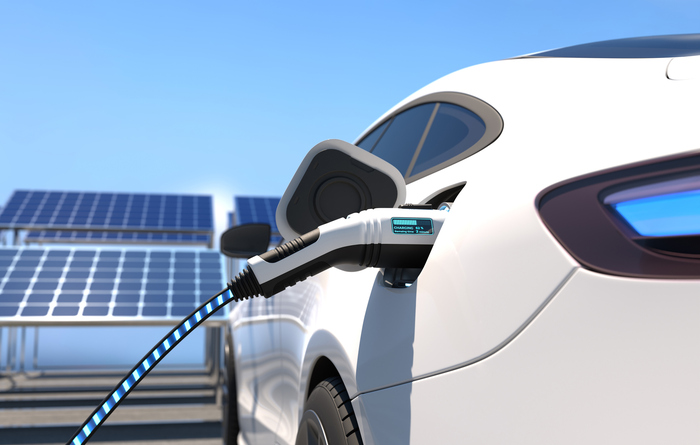
The proliferation of EVs requires a robust and intelligent charging infrastructure. The innovations in this space are not just about building more chargers; they’re about building a smarter, more integrated energy ecosystem.
- A. Ultra-Fast Charging: The next generation of chargers will be capable of delivering hundreds of kilowatts of power, allowing an EV to gain hundreds of miles of range in just a few minutes. Companies like Electrify America and IONITY are building vast networks of these stations along major highways, making long-distance EV travel as convenient as stopping for gas.
- B. Vehicle-to-Grid (V2G) Technology: This is a revolutionary concept where the EV battery is not just a consumer of electricity but also a supplier. V2G allows an EV to send power back to the grid during peak demand hours, effectively turning every EV into a mobile power source. This can help stabilize the grid and can even earn the vehicle owner money.
- C. Wireless Charging: Imagine parking your EV in your garage, and it starts charging automatically without plugging anything in. Wireless charging technology, which uses electromagnetic induction, is making this a reality. This innovation will make charging effortless and could be integrated into parking spots, driveways, and even public roads.
- D. Smart Charging and Load Balancing: Smart charging systems communicate with the grid to charge your vehicle when electricity is cheapest and cleanest (e.g., at night when demand is low). This not only saves you money but also helps prevent strain on the electrical grid. As millions of EVs come online, intelligent load balancing will be crucial for managing electricity demand.
These infrastructure innovations are turning the act of charging into a seamless, intelligent, and even profitable part of the ownership experience.
D. The EV Ecosystem
The shift to EVs is creating a wave of new business opportunities and services. It’s not just about selling cars; it’s about building a comprehensive ecosystem that supports the EV lifestyle.
- A. Battery-as-a-Service (BaaS): In this model, customers purchase the EV but lease the battery separately. This lowers the initial purchase price of the vehicle and allows customers to upgrade to the latest battery technology as it becomes available. This model also supports battery swapping and allows for easier battery recycling and reuse.
- B. EV Subscription Services: Instead of buying or leasing a car, customers can pay a single monthly fee that includes the vehicle, insurance, maintenance, and charging costs. This model offers flexibility and a hassle-free ownership experience, appealing to a younger, urban demographic.
- C. Mobile Charging Services: For those without a home charger, services are emerging where a mobile charging unit can come to your location and charge your EV. These “on-demand” services provide a convenient solution for urban dwellers and those with limited access to charging infrastructure.
- D. Software and Data Monetization: As EVs become more connected, the data they generate becomes a valuable asset. Manufacturers and third-party developers can create and sell new apps, services, and features that enhance the driving experience. This creates a new, high-margin revenue stream beyond the initial car sale.
These new business models are making EV ownership more accessible, flexible, and convenient, accelerating the transition away from fossil fuels.
Conclusion
The innovations in the electric vehicle industry are far more than a simple shift in fuel type. They are a fundamental rethinking of transportation, energy, and our relationship with technology. From the solid-state batteries that promise to eliminate range anxiety to the V2G technology that can power our homes, EVs are at the nexus of several of the most important technological and environmental trends of our time. The rapid pace of development in battery technology is making EVs more affordable, and the growing network of ultra-fast chargers is making them more convenient than ever before. Simultaneously, the integration of AI, connectivity, and autonomous features is transforming the car from a mode of transportation into an intelligent, personalized, and integral part of our digital lives.
This revolution is creating a new ecosystem of businesses and services, from battery-as-a-service to on-demand mobile charging, making EV ownership more accessible and appealing to a wider audience. The move to electric vehicles is not just about reducing carbon emissions; it is about building a smarter, more efficient, and more sustainable future. As these innovations mature, the lines between our cars, our homes, and our energy grids will continue to blur, creating a seamless, interconnected world. The journey ahead is a thrilling one, and it’s being powered by the groundbreaking innovations happening in the world of electric vehicles. The future of transportation is already here, and it’s electric.

